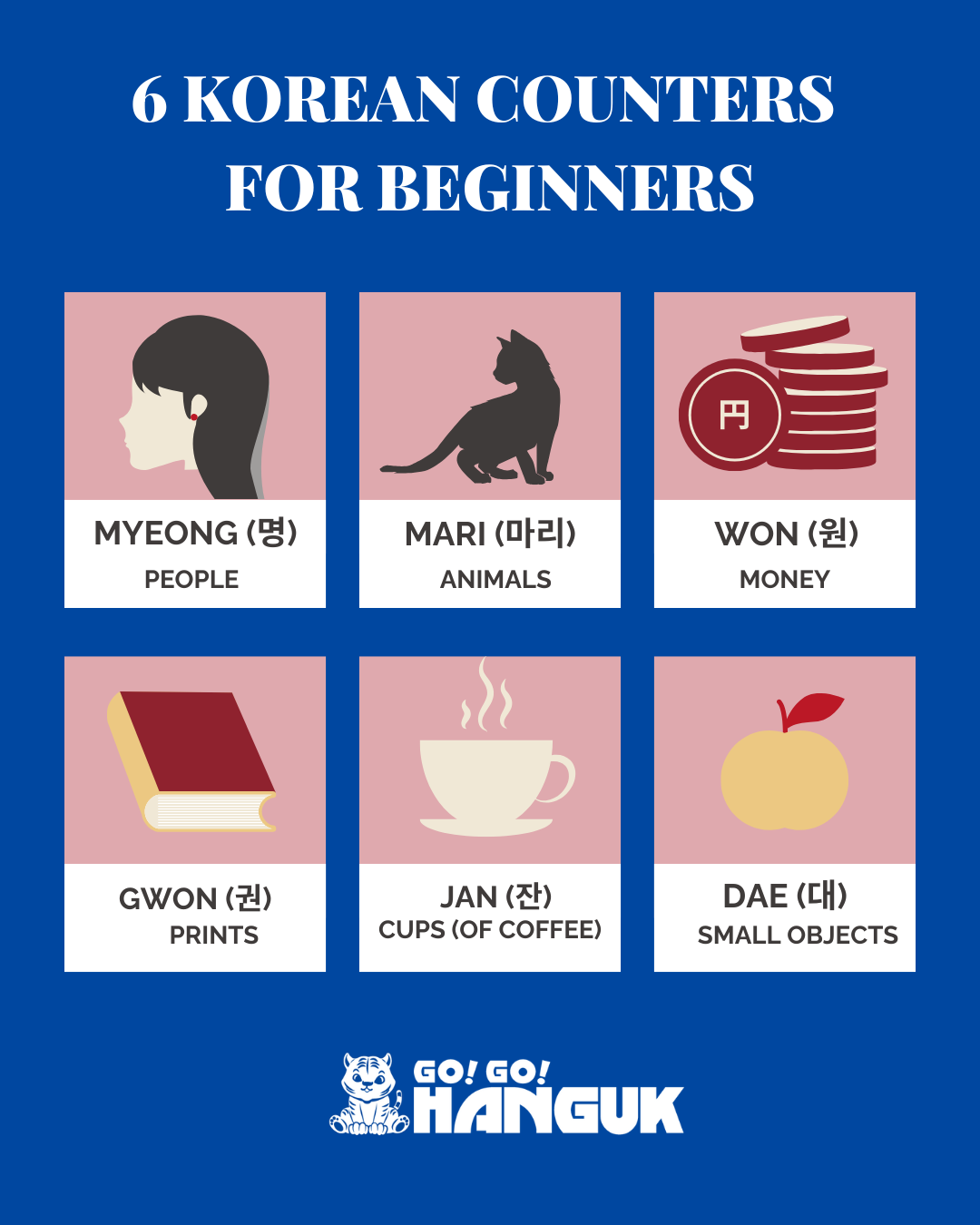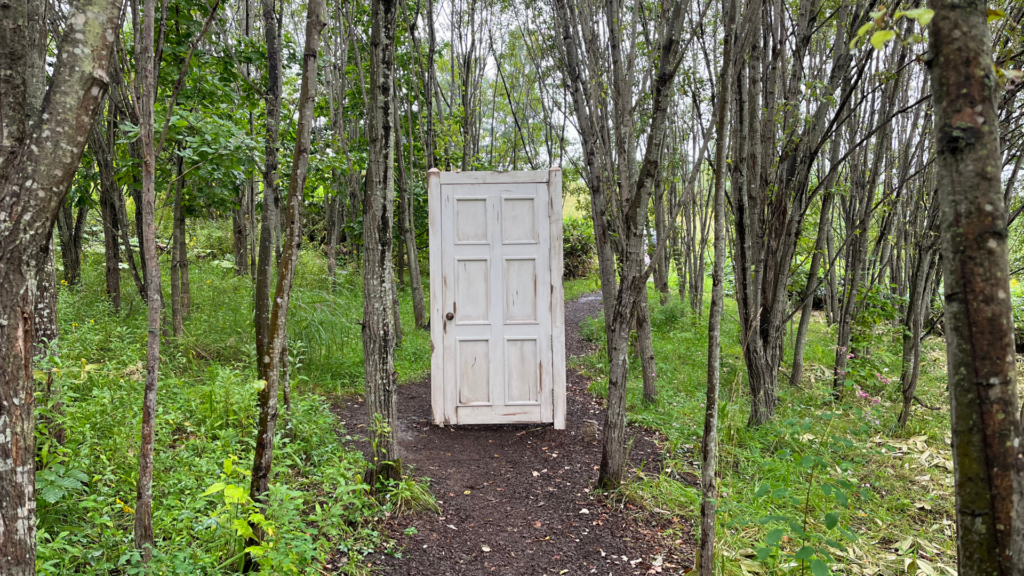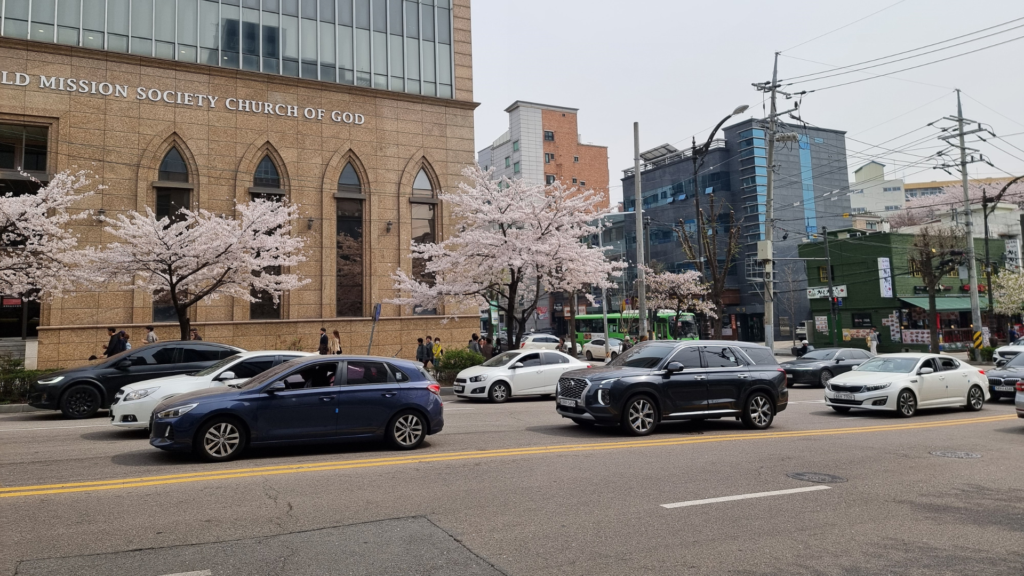First and foremost, you must know that there are two number systems widely used in Korea, the pure Korean numbers and the Sino-Korean numbers. While the native Korean number system was developed and has been used for thousands of years in Korean culture and language, the Sino-Korean number system was introduced to Korea through Chinese influence with the use of Chinese characters (Hanja).
Korean counters are somewhat easier to grasp, you can understand them as a category of objects. The closest way to understand Korean counters in English is like saying, “There is a herd of cows” yet you don’t say “There is a herd of cats”. Of course, the Korean counters is not a collective noun as you need to match the numbers with the counters to use it properly.
In this article, we will list the most commonly used Korean counters and provide a little more clarity on number systems.
4 things to take note of Korean counters and number systems
1. Pure Korean numbers
The pure Korean numbers up to ten are as follows:
- 1 하나, hana (contracted to 한, han, if followed by a number)
- 2 둘, dul (contracted to 두, du, if followed by a number)
- 3 셋, set (contracted to 세, se, if followed by a number)
- 4 넷, net (contracted to 네, ne, if followed by a number)
- 5 다섯, daseot
- 6 여섯, yeoseot
- 7 일곱, ilgop
- 8 여덟, yeodeolp
- 9 아홉, ahop
- 10 열, yeol
Numbers from 11 to 19 are quite simple, just combine the term corresponding to the ten with the desired digit. E.g. 11 will be “ten-one” and thus 열하나, yeolhana, while 17 will be like saying “ten-seven” and thus 열일곱, yeolilgop.
As far as the other tens are concerned, the same mechanism is unfortunately not used with pure-Korean numbers, so we will not be able to say “two tens” to indicate 20. In the following list you will find the correct terms:
- 20 스물, seumul (contracted to 스무, seumu, if followed by a number)
- 30 서른, seoreun
- 40 마흔, maheun
- 50 쉰, suin
- 60 예술, yesul
- 70 일흔, ilheun
- 80 여든, yeodeun
- 90 아흔, aheun
Pure Korean numbers end with 99 because from 100 onwards, only Sino-Korean numbers are used.
2. Sino-Korean numbers
Sino-Korean numbers up to 10 are:
- 1 일, il
- 2 이, i
- 3 삼, sam
- 4 사, sa
- 5 오, o
- 6 육, yuk
- 7 칠, chil
- 8 팔, pal
- 9 구, gu
- 10 십, ship
Like pure Korean numbers, Sino-Korean numbers are also formed by combining the word for ten with the word for the digit, so 11 would be “ten-one“, i.e. 십일, shipil, and so on.
As for the formation of the other tens, however, with Sino-Korean numbers, it is much easier than with pure-Korean ones. Twenty will be “two tens” (이십, iship), 30 “three tens” (삼십, samship), and so on, until you get to 100, which, unlike the others, is called 백, baek. A thousand is called 천, cheon.
This number system is used for telephone numbers and in mathematics.
3. How to use Korean counters?
When you use a number referring to an object, the grammatical construction in Korean is a bit different: you don’t just put the number next to the name, but you use the construction name + number + counter. For example, let’s take two cars: 차 두 대, i.e. 차 (cha) = car, 두 (du) = two, 대 (dae) = the counter that classifies means of transport and machinery.
Korean counters are not all the same: depending on the object being ‘counted’, there is a specific counter, and there are counters that match pure Korean numbers, while others only match Sino-Korean numbers. Because there are two number systems in Korean, you must choose to use one or the other depending on the context. This may sound very complicated, but once you understand the mechanism, it won’t be difficult to use the correct term.
4. Types of Korean counters
Let’s see now which are the main Korean counters and how they work. A first distinction must certainly be made between people, animals and things.
For people, we use 명, myeong, or 분, bun. The difference between the two terms lies in the language register: 명 is a flat form, whereas 분 is an honorific. E.g. Two students: 학생 두 명, haksaeng du myeong (or bun if you’re using more formal language).
For animals, use the counter 마리, mari. E.g. Two cats: 고양이 두 마리, goyangi du mari.
For objects, it is more complicated because, depending on how the object is classified, a specific counter must be used. However, there is a generic counter for objects, 개, ge (read with hard g, not soft g), to be used for things that are outside of any classification or when the right counter does not come to mind. Using 개 instead of the counter of the corresponding category is not wrong and can be a solution when you do not know the specific counter. However, even if you are understood anyway, it may sound unnatural.
Let us now look at the main other Korean counters and which category they are used with:
- 대, dae, for means of transport and machinery (as in the example we saw at the beginning of this article);
- 그루, geuru, for trees (e.g. 은행나무 세 그루 = three ginko trees);
- 잔, jan, for cups and glasses (e.g. 커피 한 잔 = a cup of coffee or a coffee);
- 병, byeong, for bottles (e.g. 물 네 병 = four bottles of water);
- 채, chae, for buildings (e.g. 빌딩 다섯 채 = five skyscrapers);
- 조각, jogak, for pieces or slices of something (e.g. 피자 두 조각 = two slices of pizza);
- 자루, jaru, for pencils and brushes (e.g. 연필 여섯 자루 = six pencils);
- 장, jang, for paper (e.g. 종이 일곱 장 = seven sheets);
- 권, gwon, for books (e.g. 책 여덟 권 = eight books);
- 편, pyeon, for films (e.g. 영화 아홉 편 = nine films);
- 벌, beol, for clothing (e.g. 티셔츠 스무 벌 = twenty T-shirts).
The counters seen so far are all to be used with pure Korean numbers. To give you a brief idea of the pronunciation of the pure Korean numbers used with Korean counters, take a look at our education reel here.
Sino-Korean numbers, on the other hand, are more commonly used for counting:
- money (원, won, if we are referring to Korean currency);
- months (개월, gaewol);
- minutes (분, bun);
- seconds (초, cho);
- years (년, nyeon);
- floors of a building (층, cheung);
- portions of food (인분, inbun).
E.g. 천 원 = one thousand won; 육 개월 = six months; 십 분 = ten minutes; 삼십 초 = thirty seconds; 이 년 = two years; 비빔밥 일 인분 = one bibimbap.
We hope we have shed some light on how the Korean counters and number systems work, and how to match numbers and counters. You can learn more about Korean counters and numbers in Korean in our online course.
For more information on Korean language and culture, keep following the Go! Go! Hanguk blog and don’t hesitate to contact us about living and studying in Korea.
















